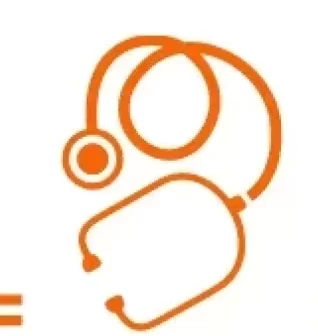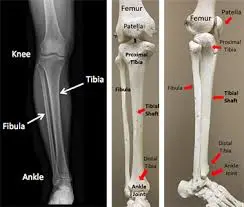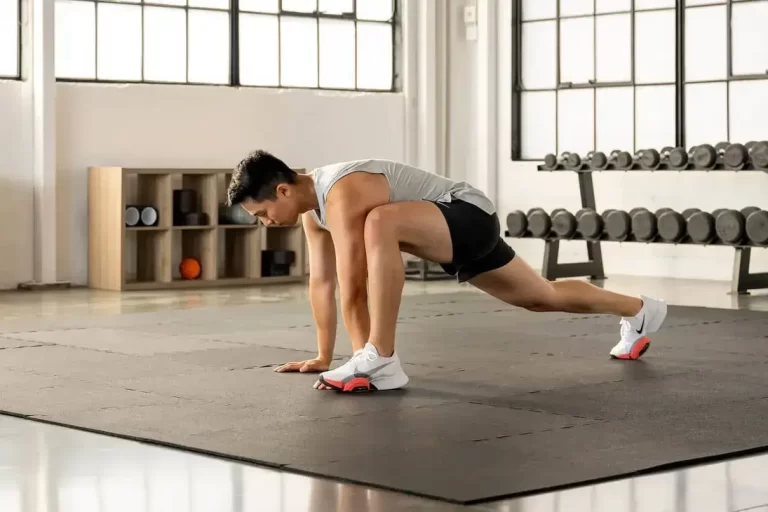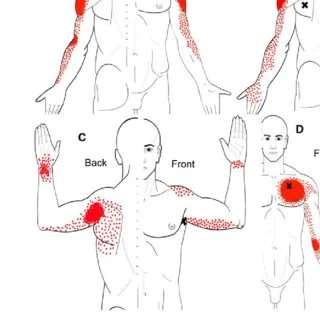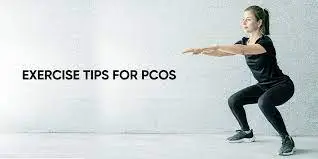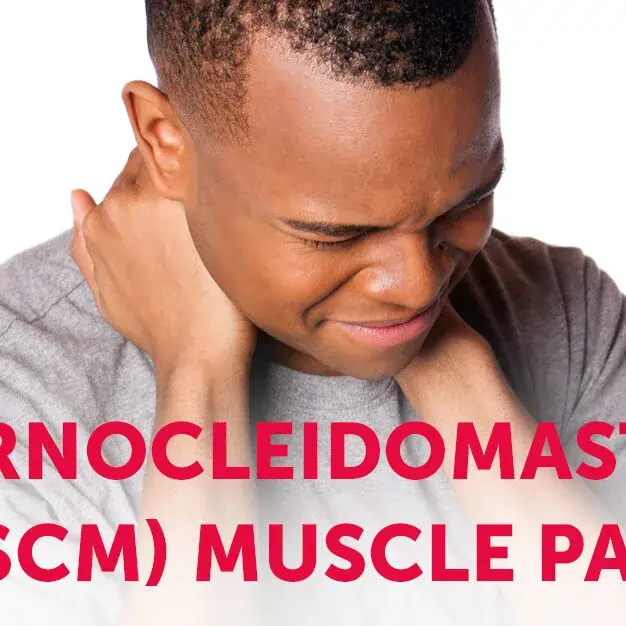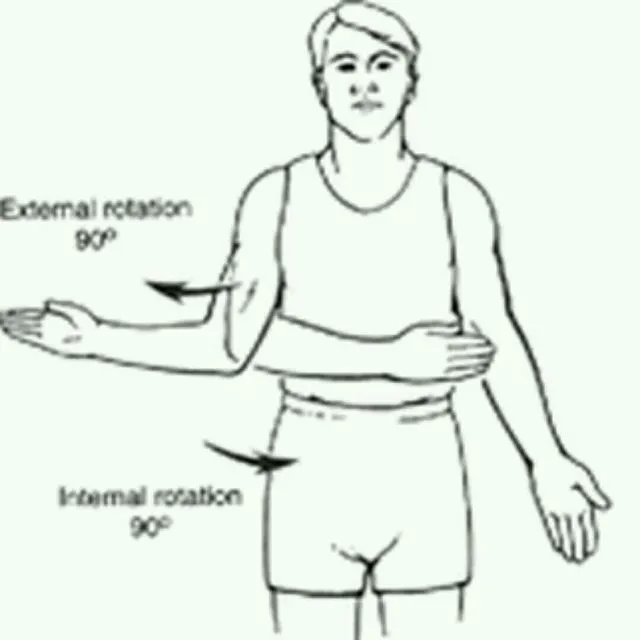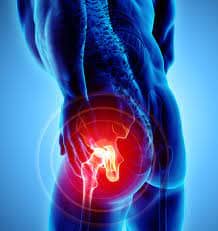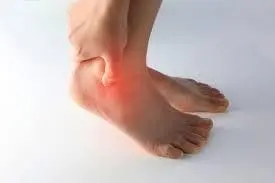Tibia (Shinbone)
The tibia is the body’s second-lanthiest bone. It has an impact on your balance, gait, and standing posture. Tibias normally break only after significant injuries, such as car accidents. You are more likely to have unnoticed fractures, though, if osteoporosis has weakened your bones. What is the Tibia (Shinbone)? Anatomy of the Tibia The proximal…
